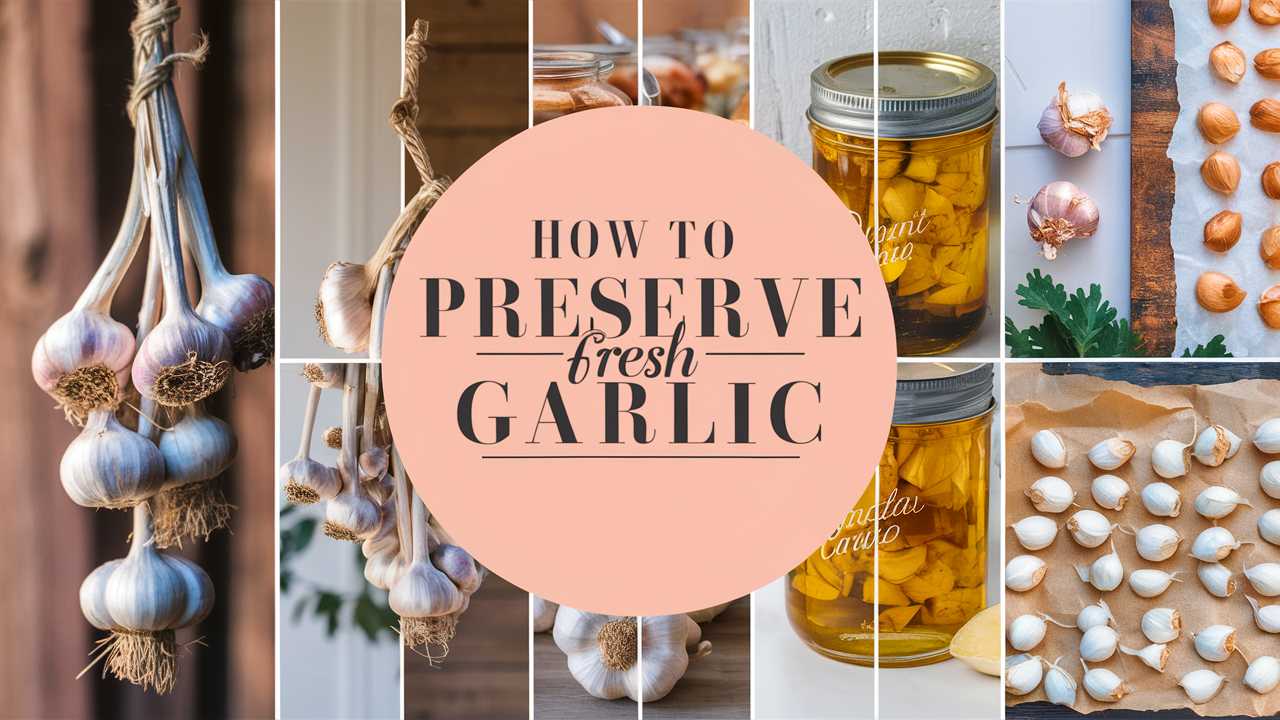Garlic is more than just a kitchen staple; it is a culinary treasure renowned for its robust flavor and myriad health benefits. Whether used as a seasoning, a critical ingredient in marinades, or an essential part of many cultural dishes, fresh garlic holds a special place in the hearts and kitchens of food lovers worldwide.
However, like all perishables, fresh garlic has a limited shelf life. This guide will explore various methods to preserve fresh garlic, ensuring you can enjoy its aromatic goodness for months on end.
Storing Fresh Garlic: The Basics
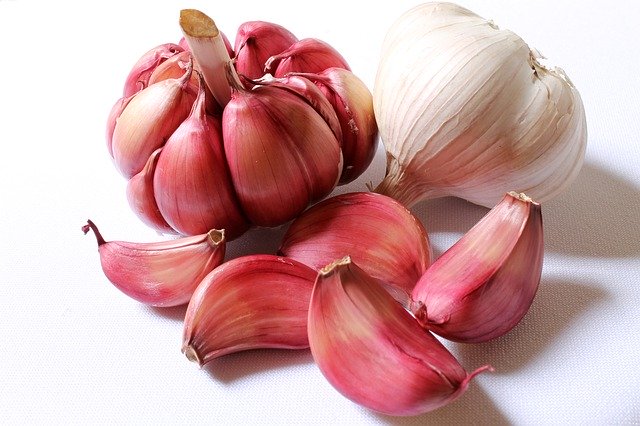
The simplest way to preserve garlic is through proper storage. Here’s a closer look at how to keep fresh garlic intact for as long as possible.
Room Temperature Storage
For fresh bulbs, the key lies in providing the right environment. Garlic should be stored in a well-ventilated, cool, and dry place. A kitchen pantry works wonders, as long as it’s away from heat sources. It is essential to avoid plastic bags that can promote moisture retention, leading to mold. Instead, opt for a paper bag or a mesh onion bag, allowing air circulation.
A Personal Anecdote
I once came across a chef who swore by his grandmother’s method of hanging garlic bulbs in old pantyhose. This quirky technique not only saved space but ensured that every bulb received optimum airflow. Over the years, I tried the method myself and can confidently say—the results were encouraging!
Refrigeration
While fresh garlic does best at room temperature, specific conditions may make refrigeration a sound option. If you find yourself with a surplus, you can place unpeeled bulbs in the refrigerator in a breathable container. However, keep in mind that exposure to moisture can lead to sprouting, so only refrigerate if absolutely necessary.
Cutting and Chopping: Short-Term Preservation
Garlic is often used in its raw, chopped, or minced form. Once you slice into a bulb, it doesn’t have the same longevity. However, there are still ways to keep it fresh for as long as possible.
Refrigerating Chopped Garlic
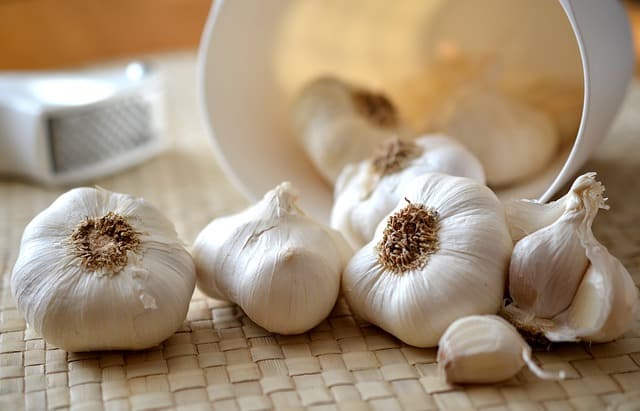
Refrigerating chopped garlic should be done with caution. Store it in an airtight container in the refrigerator and use it within a week. To ensure the best flavor, keep it sealed and away from strong-smelling items that might transfer odors.
Freezing Chopped Garlic
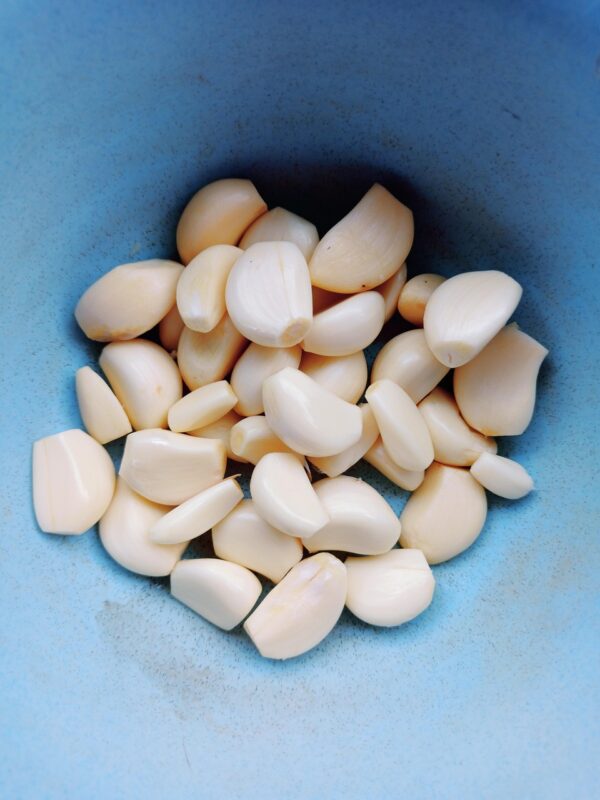
For those who would like to retain the pungency of freshly chopped garlic while extending its life, freezing is an excellent option. Simply chop the garlic, spread it out on a baking sheet, and place it in the freezer. Once frozen, transfer it to a freezer-safe container or bag. This method allows you to pull out small quantities as needed, minimizing waste and maximizing flavor.
Fresh Garlic Paste
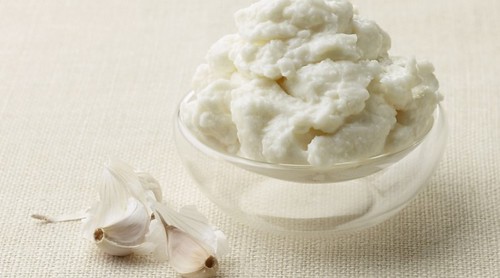
Another excellent technique involves making garlic paste. Combine equal parts garlic and a neutral oil in a food processor until a smooth consistency forms. Store the paste in an airtight container in the refrigerator for up to two weeks or freeze it in ice cube trays for easy portioning.
Advanced Preservation Techniques
For the more adventurous or batch-cooking enthusiasts, there are other methods to preserve garlic that can add a layer of depth to your kitchen repertoire.
Dehydrating Garlic
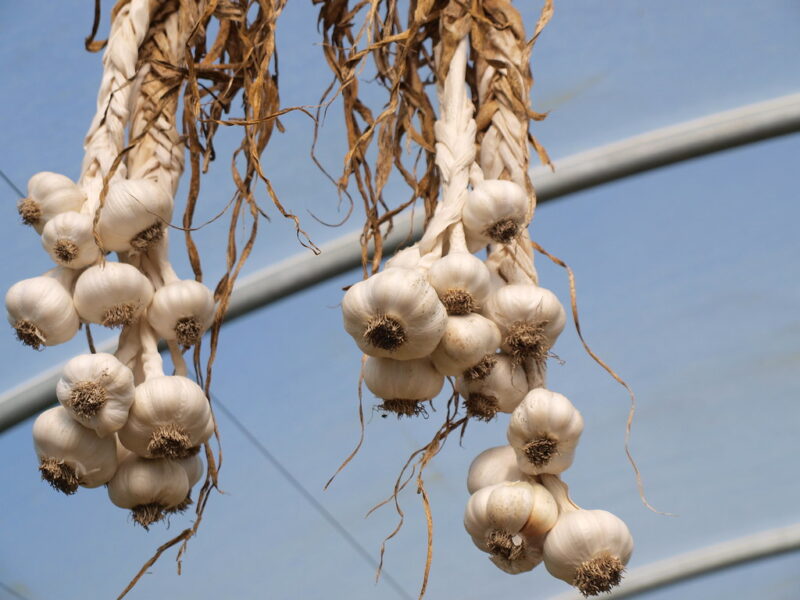
Dehydrating garlic enhances its flavor concentration while creating a shelf-stable ingredient. To dehydrate, peel the cloves and slice them thinly. Spread them uniformly on a dehydrator tray or a baking sheet in the oven at a low temperature. Once the garlic is completely dry, store it in an airtight jar in a cool, dark place. Dehydrated garlic can then be rehydrated for various dishes or ground into garlic powder.
Pickling Garlic

Pickling garlic not only preserves it but also adds a delightful tang to the flavor. Submerge peeled cloves in a mixture of vinegar, salt, and optional spices like chili flakes or herbs. Let the mixture sit in the refrigerator for about a week for optimal flavor infusion. This method yields a fun and unique addition to salads or charcuterie boards.
Garlic in Oil
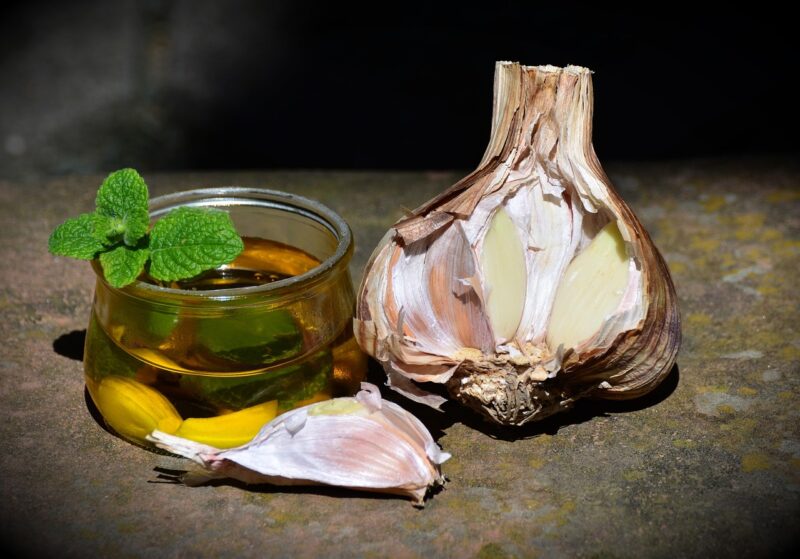
Storing garlic in oil is another popular preservation method. This technique is particularly flavorful, as it infuses the oil with garlic essence. However, caution is necessary to prevent botulism, a rare but dangerous toxin. Always keep garlic-infused oil refrigerated and consume it within a week. Pro tip: blend the garlic with oil and freeze it in ice cube trays for longer-lasting use.
The Role of Garlic in Culinary Traditions
Garlic is more than just a cooking ingredient; it carries cultural significance in various global cuisines. From the aromatic garlic confit in Mediterranean dishes to the spicy garlic sauces found in Asian cuisine, garlic plays an integral role. Exploring traditional preservation methods unique to different cultures not only honors these practices but also enriches our culinary experiences.
The Mediterranean Approach
In Mediterranean cultures, garlic is often preserved in olive oil, where it thrives alongside herbs like rosemary and thyme. This method not only preserves the garlic but also creates a delicious infused oil ideal for dipping bread.
Asian Fermentation Techniques
Fermentation is one way to add layers of flavor and complexity to garlic preservation. For instance, Korean black garlic, which is created through a unique fermentation process, offers a sweet and savory flavor. The process involves exposing whole bulbs to heat and humidity for several weeks, transforming the garlic cloves into a dense, dark treat prized in many Asian cuisines.
Nutritional and Health Benefits
Fresh garlic is packed with nutrients and medicinal properties. It’s renowned for its potential health benefits, including anti-inflammatory and antioxidant effects. The key compound, allicin, is credited with many of garlic’s health properties.
Garlic and Immune System Support
Garlic has long been associated with immune support, providing not just flavor but also various health benefits. Incorporating garlic into your diet may aid in the prevention of common colds and seasonal flu—an invaluable bonus during the winter months.
Culinary Versatility: Ways To Use Preserved Garlic
Once you’ve got your preserved garlic ready, the culinary possibilities are virtually endless.
Adding Depth to Dishes
Incorporate dehydrated or pickled garlic into sauces, stews, and marinades for a rich depth of flavor. Roasted garlic, made by slow-cooking whole bulbs in oil, yields a buttery and mildly sweet addition to bread spreads and dips.
Infusing Cocktails
For the adventurous, utilizing garlic-infused oil in cocktails can result in a savory delight. A garlic martini, though unconventional, may just become the next trendy concoction!
The Importance of Being Mindful
As you learn how to preserve fresh garlic, it’s essential to remain mindful about its usage. Monitor stored garlic for signs of molding or spoilage. While experimentation is key, being aware of best practices ensures that you enjoy garlic’s full benefits without unnecessary risk.
Conclusion: A Culinary Journey
Preserving fresh garlic is both an art and a science. It involves understanding the ingredient’s nature, exploring various techniques, and embracing cultural traditions. Whether it’s through simple storage, freezing, or advanced methods like pickling and fermentation, the journey not only saves you money but also allows you to savor the depth and richness of garlic throughout the year.


